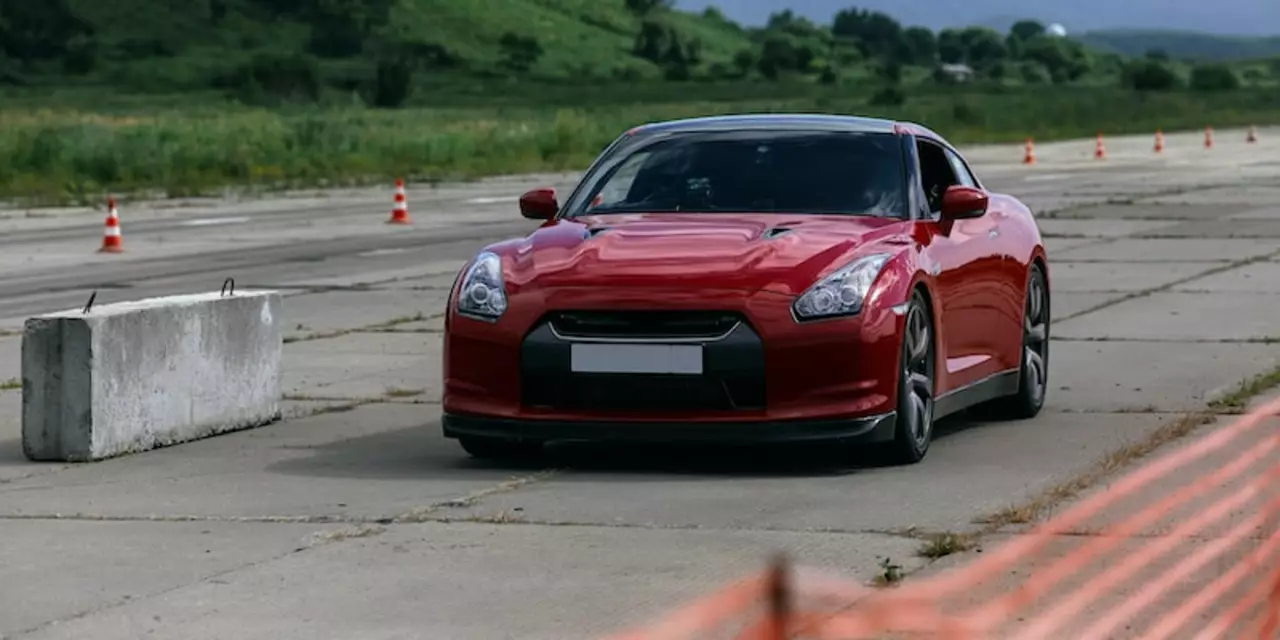Why Motorsport Can Be Dangerous and How to Stay Safe
When you hear the word "dangerous" you probably picture a car flipping at 200 mph or a rider bruised after a crash. Those images are real, but most fans and even some drivers don’t realize the everyday choices that keep the sport alive and relatively safe. In this guide we’ll break down the biggest hazards on the track, the tech that tackles them, and a few simple habits anyone can use to stay out of trouble.
Top Risks That Make Racing Dangerous
First off, speed is the obvious danger. A Formula 1 car hits 300 km/h in a straight line, and every corner adds big lateral forces. Those forces can pull a driver off the racing line in a split second if they miss a braking point. Second, the cars themselves are loaded with high‑energy systems – hybrid batteries, turbochargers, and massive brakes. If something fails, the energy release can be violent.
Third, the track environment matters. Wet surfaces, debris, and changing weather turn a clean line into a slippery mess in minutes. Finally, human error is the wildcard. A momentary lapse in concentration can cause a collision, and because the cars are so close, the impact spreads quickly.
How Teams Tame the Danger
Modern teams use a mix of engineering and data to cut risk. Aerodynamic tweaks keep the car glued to the tarmac, reducing slip‑angle. Advanced sensors monitor tire temperature, brake wear, and engine pressure in real time, flashing warnings before a component reaches a dangerous limit.
Safety cells, like the carbon‑fiber monocoque, act like a steel cage around the driver. Crash‑tested barriers and virtual safety cars also give extra time for a wrecked car to be cleared without a chain‑reaction.
On the human side, drivers train for mental stamina. Simulators let them rehearse every corner, so the muscle memory kicks in even when they’re under pressure. Teams also enforce strict fitness routines; a tired driver reacts slower, and that’s a recipe for danger.
Even the little things matter. Simple checks like verifying wheel nuts after a pit stop, confirming fuel levels, and double‑checking telemetry logs can stop a catastrophe before it starts.
Practical Tips for Fans and Amateur Racers
If you’re watching from the stands, keep a safe distance from the barriers. The track’s edge can be unpredictable, especially after an accident when debris flies.
For amateur racers, start with a reliable car and upgrade safety gear first: a certified helmet, a six‑point harness, and a proper fire‑resistant suit. Don’t skip a pre‑run inspection – check brakes, suspension, and tire pressure every time you hit the garage.
Learn the track layout before you drive. Knowing the braking zones and runoff areas lets you react calmly if something goes wrong. And always respect the speed limits in the pit lane; a small slip there can cause a chain of delays and injuries.
Finally, treat every session as a learning moment. Review video footage, ask more experienced drivers for feedback, and keep a log of what worked and what didn’t. The more data you collect, the better you can predict risky spots and avoid them.
Motorsport will always have an element of danger – that’s part of the thrill. But with the right tech, smart habits, and a respect for safety, you can enjoy the rush without putting yourself or others at undue risk.
